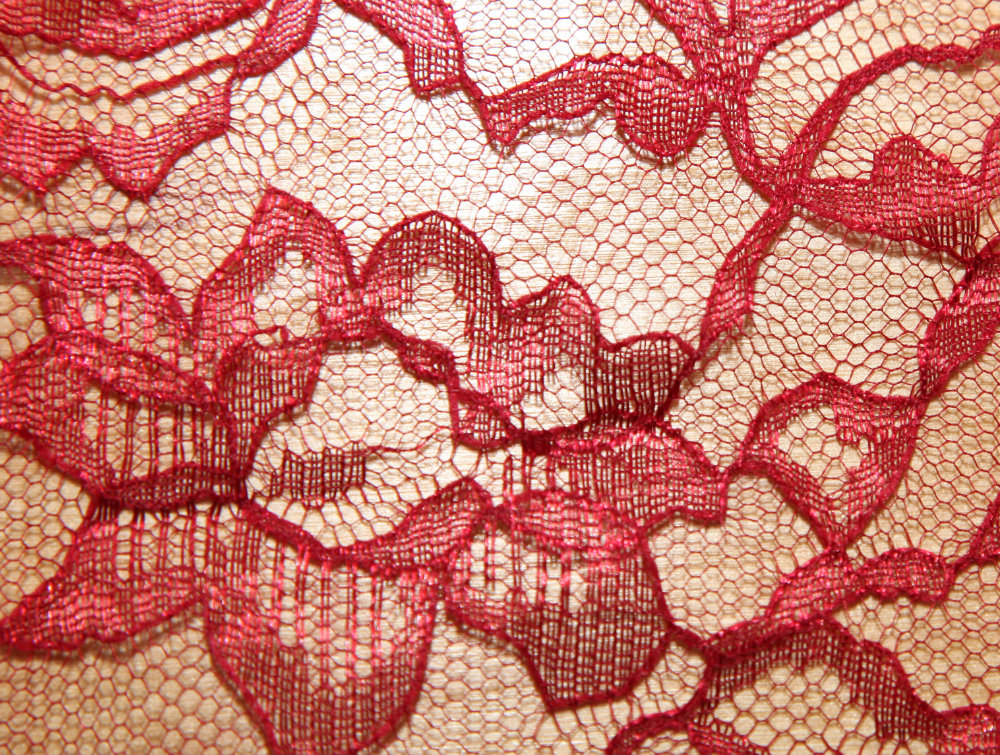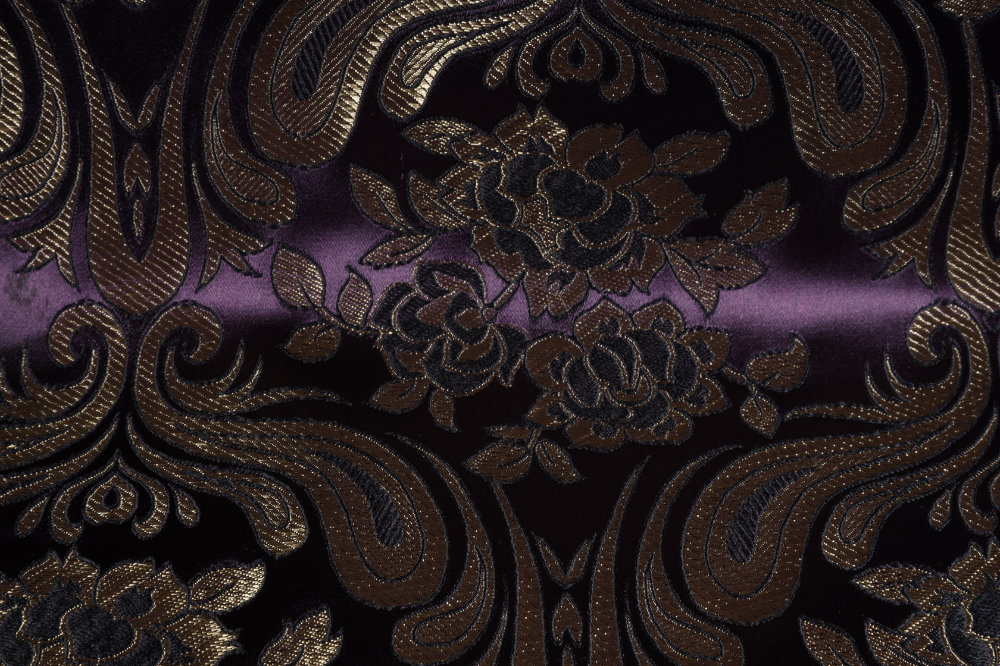Whether you are a seasoned sewist or a novice needleworker, picking the right fabric for your project is paramount for professional productions.
Ok, I’m going to stop with the alliteration.
But my point remains, you can make or break your project with fabric choice.
And I can’t write an all-encompassing guide to fabric/project combinations because there just are too many options.
A lot of “if then” statements would have to be written, and even my logical brain doesn’t want to do a decision tree for all the potential paths you could pursue.
(Oops, sorry about that)
So what really matters when choosing fabric for your project?
There are “rules” about fabric choices for different projects. But many rules can be broken. So, when it comes down to it, understanding fabric and the requirements of your project are more important than any “pick this if that” kinda of look up.
Considerations for Choosing Fabric for Your Project
- Fabric Characteristics
- Fabric Serviceability
- Cost of Fabric
- Ease of Sewing
Let’s dive into these.
Fabric Characteristics
When I talk about the characteristics of fabric there is a lot that goes into this.
Type of fabric and type of fiber are two main things. Type of fabric, like woven or knit. And fiber type would be natural fiber like cotton or a synthetic one like nylon.
There are no hard and fast rules regarding the type of fabric or type of fiber. This can be more of a choice because of personal preference or a budget constraint.
So, let’s talk about characteristics that really, really matter.
Stretch
Do you need your fabric to stretch? If you are making a leotard or leggings, then yes you probably do. How much do you need it to stretch?
Do you need the fabric to stretch in crossgrain and length grain?
Would a little bit of stretch in just the crossgrain be enough? Could you get away with a woven fabric with a blend of spandex for stretch?
On the flip side, maybe you really need it to NOT stretch. If you are doing a dress shirt or jacket you might want the fabric to not stretch because it will hold its shape better. Or maybe you are making an accessory like a belt or a handbag and you can’t afford it to stretch out of shape when in use.
Drape
The drape of a fabric is a qualitative descriptor, meaning it really doesn’t have a measurement. (Unlike stretch of fabric which can be measured).
When the word drape is used to describe fabric, it often means how stiff or not-stiff a fabric will hang when a part of it is held and the rest is left to “drape” or hang off the hand.
Keep in mind that unwashed fabric often has a sizing or stiffener in it that will wash out with the first wash so it will almost always have more drape after laundering.
If you are making something structured like a jacket or a handbag you probably don’t want something with a lot of drape. But if you are doing a peasant blouse or full skirt you might want more drape. If you are sewing curtains, you can get away with less drape, but if you are making swags, or you plan to tie back your curtains you may need more drape.
Drape and stability don’t necessarily correlate, but more often a fabric with more drape will be less stable.
Transparency
One last thing about fabric characteristics that is really important to consider is the transparency or opacity of fabric. Do you want your fabric to be see-through or not?
Some knits are more see through when stretched. This is something that often is NOT called out on the internet fabric stores.
Keep in mind that sewing transparent fabrics like chiffon and laces are more challenging because you need to make the inside of the garment, the finished seams, look just as good as the outside because they are visible.

Fabric Serviceability
I’m going to lump the care of the fabric and the durability of the fabric here under serviceability among other things.
Is it washable? Do you have to dry clean it?
Are you making something like drapery that you will maybe take down once a year and have cleaned? Or are you making a workout garment that you’ll want to wash after every time you get sweaty in it?
How durable is it?
Durability of fabric is sometimes measured but often not really called out on websites. But for example, upholstery fabric often will have a rating for how many times a person could sit down and stand back up rubbing their pants on the fabric before it wears out.
But durability also means how fast will the elastic or stretch component wear out? This can happen with repeated stretching or with washing.
Is the fabric rated for UV? Or will it disintegrate or discolor if in the sun for prolonged periods of time.
If you are making a swimsuit, how well will the fabric hold up to the chlorine?
What about wrinkles? Does the fabric crease easily? If you’re making a suit or shirt will you have to iron it every time it’s laundered? Can you travel with it?
Cost of Fabric
The cost of fabric seems like it should be obvious and straight-forward. But is it?
There’s the cost of the initial fabric purchase. But there’s also the cost to maintain it.
And not just cleaning expenses, but repair, ironing and any other special allowances you may have to make for that fabric.
If you are brand new to sewing how much do you want to spend on fabric for your first few projects? Probably not a lot till you get more confident in your skills.
On the flip side, cheap fabric can be a pain to work with. Sometimes super discounted fabrics are discounted for a reason. Sometimes they are made poorly or have blemishes.
If they are made poorly, they might not hang right, or they might have a twisted grain.
Sometimes you don’t even know if there are blemishes till you unfold the fabric. If you are buying fabric in a store and they are cutting it in front of you, and you see something, say something. A blemish could mean you need to get more fabric to get all the pieces you need cut without the blemish being on one of them.
I do recommend sewing with quality fabric. Because sometimes poor quality fabric is just more hassle than it’s worth.
Match the cost of the fabric to the use of the garment or accessory.
If you are just making some yoga pants to sweat in or binge TV with your cats, you probably don’t need the highest quality or cost.
But, if you are making a suit or dress for an awards banquet or a costume for a performance, you may want to splurge on the fabric.
And remember, you get to choose the fiber type you get.
But you can always pick a good quality rayon or polyester fabric over a low quality silk or linen.
Ease of Sewing
Every sewist, regardless of skill level and experience needs to consider the ease of sewing the fabric.
This kind of works into “cost”. Yes, I love sewing, but it does take time. And some fabrics take more time and effort that others.
If you are super new to sewing, choosing a fabric for your project that is easy to sew is the way to go.
That means, if you are sewing a shirt with set-in sleeves, quilting cotton is not going to be your friend, regardless of how stable it is and highly recommended by everyone on the internet. You’d be better off with a less-stable more fluid shirting fabric that still is quite stable, just will allow you to ease that sleeve cap into the armhole with minimal swearing.
Regardless of your sewing level, if the pattern is new to you or difficult, you can choose a fabric that is easier to sew and work with, at least some times. And, if you’re learning something new, choose a fabric you won’t also need to fight with or learn how to sew.
Slippery unstable fabrics like chiffon or charmeuse satin can be incredibly frustrating to sew with. They take more time and patience to sew. If you are looking to whip up a quick outfit for something, and haven’t got a lot of experience with something like chiffon, it’s ok to skip it. Sew it when you have the time to dedicate to it.
Conclusion
There is a lot that goes into choosing fabric for your projects. And while the first thing you search for might be the look of the fabric (color, sheen, print etc), in the end, there are other things that are more important, at least from a functional standpoint.
Many seasoned sewists take for granted our knowledge of how fabric behaves when we look for fabric for our projects. We know that if we want to make a sports bra, there are certain stretch characteristics that need to be met before we even look to see if they have the color we want.
Or, we look at fabric that we’ve fallen in love with and brainstorm ways to make it fit what we need for the project we want to make.
But all this takes time to learn, and one of the best ways to learn is to try things. Just know that if you don’t always “play it safe” with fabrics, you may make some duds. But, hopefully, you’ll learn something in the process and gain some experience on your sewing journey.

